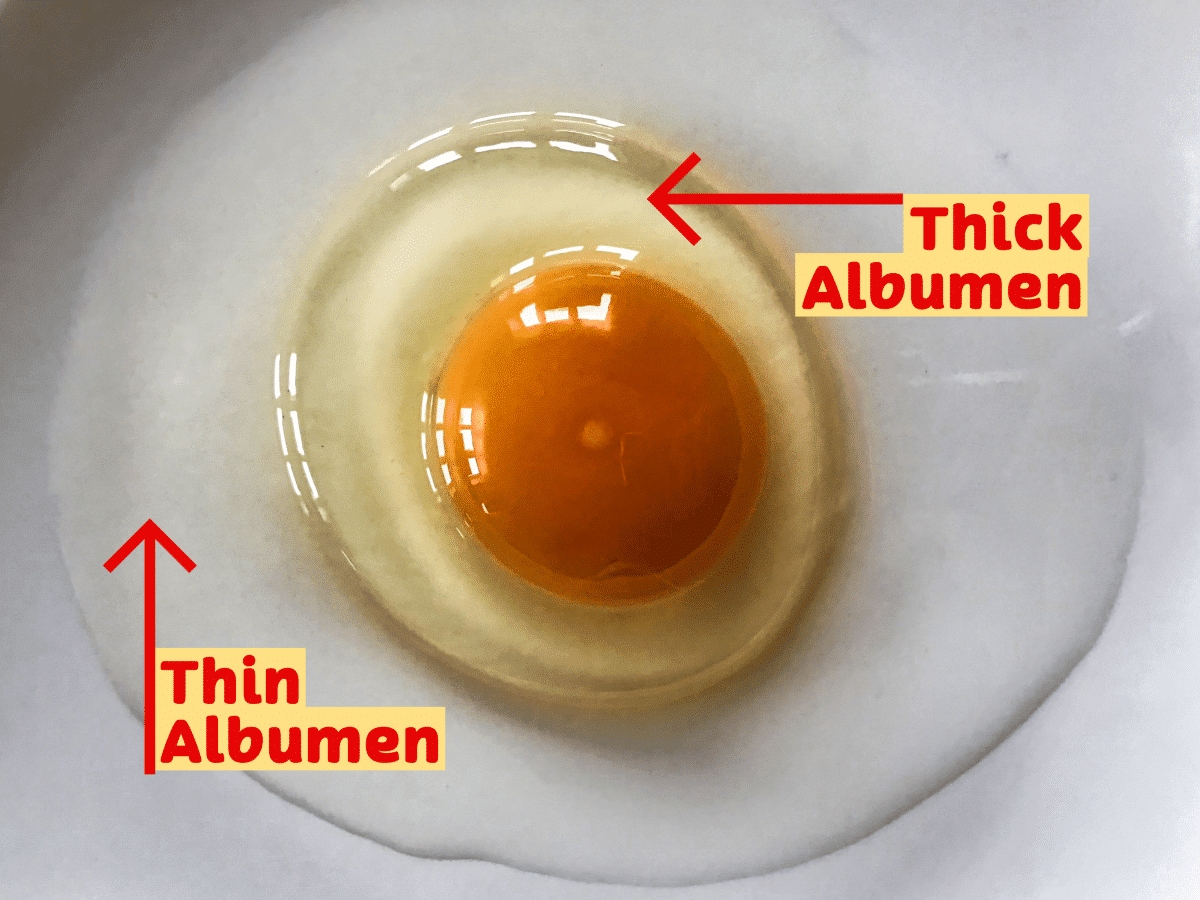How to Master the Art of the Perfect Poached Egg
It’s a simple question: how to make the perfect poached egg? It’s actually simpler then you might think. Follow these simple steps to achieve a foolproof method of creating the most delectable poached egg. By using the freshest eggs available, you’re already on your way to culinary excellence. Don’t worry if the eggs are cold from the refrigerator; I’ve got you covered.
- Infuse the vinegar water solution with herbs and spices before adding the eggs. Experiment with flavor combinations like oregano, thyme, or garlic.
- Swap out plain white vinegar for balsamic or white wine vinegar to add a unique twist to your perfect poached eggs.
- Get adventurous and add grated cheese, such as parmesan or Jarlsberg, directly into the hot water to melt before poaching the eggs. The melted cheese will gracefully drape over the poached eggs like a warm, comforting blanket.
Good things to know about the egg
To cook the perfect poached eggs it’s good to know a little bit about the eggs make-up. Egg whites, known scientifically as albumen, are a marvel of nature’s design, featuring two distinct layers – a more fluid, thin albumen and a denser, viscous thick albumen. This delicate thin layer embraces the substantial thick albumen, which in turn cradles the yolk, acting as its protective buffer. It’s a fascinating structure where each component plays its role perfectly, ensuring the safety and stability of the yolk at the heart of the egg. For food enthusiasts and culinary students, appreciating the complexity of such a common ingredient underscores the wonder and intricacy woven into the very fabric of our culinary foundations. (Learn more about the awesome egg – Gastropod Podcast)
Simple Recipe For The Perfect Poached Eggs
Equipment
- 1 Sauce pot
- 1 Slotted spoon
- 1 Ladle
- 1 Glass bowl
- 1 Kitchen Cloth
Ingredients
- 2 Large Eggs Straight from the refrigerator
- 1 Cup White wine vinegar 5% Acidity or greater
- 1 Cup Tap water
Instructions
- Create a vinegar water solution: In a non-corrosive bowl, combine equal parts white vinegar and room temperature water. Make sure the vinegar has a minimum acidity of 5%.1 Cup White wine vinegar, 1 Cup Tap water
- Prepare the simmering water: Bring about 4 inches of water to a gentle simmer in a saucepan. Look for tiny bubbles forming off the bottom of the pot.
- Crack the eggs: Egg whites or albumen consist of two layers – thin and thick albumen. Thin albumen surrounds the thick albumen. Thick albumen immediately surrounds the yolk acting as a cushion for the yolk. Cracking eggs one at a time into a fine mesh sieve, let the thin, almost watery albumen drain through the sieve. Once drained slowly, pour the remaining thick albumen and yoke into the vinegar water solution.2 Large Eggs
- Let the eggs soak: Allow the eggs to sit in the solution for 10 to 15 minutes. This will cause the whites to turn opaque, with some floating around the bowl. Discard any excess whisps of egg white if any remain.Ensure even bathing: Shake the bowl or use your finger to separate the eggs and ensure they are evenly coated in the vinegar water solution.
- Transfer the eggs: Using a ladle, scoop up one egg at a time, including some of the vinegar/water bath, and gently transfer it to the hot water in the saucepan. Repeat for each egg. HURRY, but be careful. But hurry because you want all the eggs to cook simultaneously.Cook to perfection: Cook the poached eggs for no less than 3 minutes and no more than 4 minutes, depending on how firm you prefer the whites and yolks. Experiment with timing to find your ideal consistency.
- Remove and pat dry. Using a slotted spoon, carefully lift each poached egg out of the water and gently pat it dry on a kitchen cloth. Avoid using paper towels, they stick to the eggs.
Notes
For an extra burst of flavor, try these exciting variations:
Infuse the vinegar water solution with herbs and spices before adding the eggs. Experiment with different flavor combinations like oregano, thyme, or garlic. Swap out plain white vinegar for balsamic or white wine vinegar to add a unique twist to your poached eggs. Get adventurous and add grated cheese, such as parmesan (I’ve tried it with Jarlsberg to great success, and it’s a low-fat option to boot), directly into the hot water to melt before poaching the eggs. The melted cheese drapes over the poached eggs like a warm wet blanket. Enjoy the delicious perfection of your perfectly poached eggs! Bon appétit!Nutrition
There you have it—the art of creating the perfect poached egg in all its glory! Indulge in the exquisite deliciousness of your culinary masterpiece. Bon appétit!
Note: This is part of a series that provides helpful tips and techniques for aspiring home cooks and breakfast enthusiasts. Stay tuned for more exciting culinary adventures!



